Written on 21st April, 2021 | 3 min read
When to Use Gated Content & When to Switch to Tripwire Offers
These content types play different roles in the conversion funnel
Andreea Macoveiciuc
Strategist @School of Content
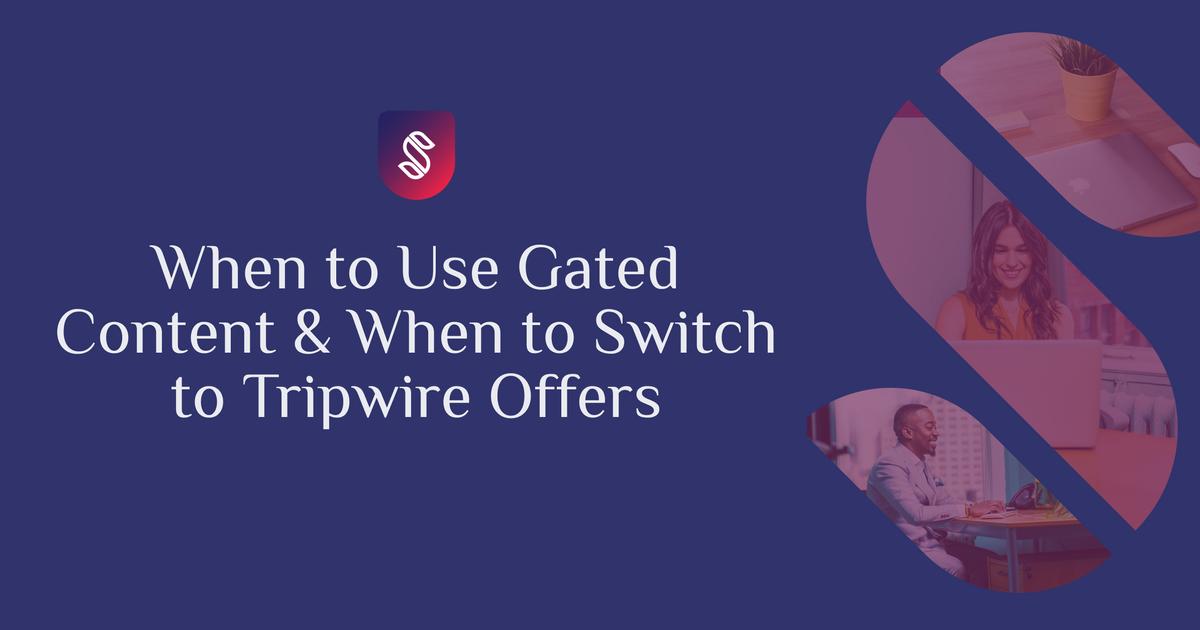
In a previous article, I’ve shared a detailed user journey with potential content types mapped to the different stages.
I used there the example of an online course creator trying to promote his offer, and for one of the channels — YouTube — I recommended sharing the chapters or lessons individually.
This strategy is often used for building a list of subscribers, both in social media and in blogs. In social, you typically share excerpts for free and then try to upsell your core product to followers/subscribers.
In blogs and websites, you usually share the first chapter for free, in the form of gated content. This means that if they want to download the chapter, users have to give their email address in exchange.
Often, the form that users have to fill in states that by sharing their email address, they agree to receive similar content from you. So once they’ve subscribed, you can promote your core product through newsletters and drip campaigns.
The problem with gated content
Gated content still works for some niches, and users expect certain types of content to be gated. Although a bit outdated, this survey from 2017 shows that heavier content such as webinars, white papers, e-books and even case studies are perceived as valuable enough by users.
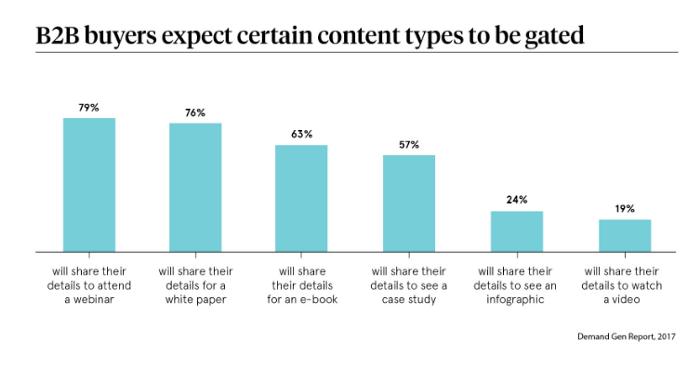
Image: gated content
However, there’s one problem with this strategy. Gated content isn’t meant to sell products, it’s meant to get you leads.
I will use the same example from the previous article, to illustrate this better. Let’s say I’ve just created an awesome course about web development and want to promote it to junior devs.
Obviously, I want them to buy it, so I can’t share it for free. What I can do, though, is to offer a free chapter or lesson as gated content. This will help me build a list of subscribers to whom I can try, later on, to sell the full course.
Will they buy it?
Only if the value offered by that one free chapter is higher than anything else on the market. Which is quite hard to believe, since it’s taken out of context and offered for free.
So what’s a better strategy in this case? You can still use your gated content, but combine it with a tripwire offer.
What’s a tripwire offer?
In simple words, a tripwire offer is a low-cost / low-value product or service that you offer to your leads in an attempt to convert them into customers.
You therefore still use the gated content to generate leads, and then try to convince these leads to buy the core product by offering them a cheaper preview — the tripwire.
For example, if your core product is the web development video course, you can offer the book version as gated content.
If the content is valuable enough and you earn the trust of your leads, you can then sell the first chapter of the video course for a discounted price. If they buy it, they’re more likely to buy the full course as well.
While you may be losing money in the short term by offering the chapter for a reduced price, in the long run, you’re more likely to make profits.
Practical example: mixing gated content with tripwire offers
Flavio Copes has some really awesome materials for learning programming, so I’ll use one of his books for this example.
Let’s say you want to learn React, and you google “React book free”. You don’t trust the first result, but you click the second one because you trust FreeCodeCamp.

Image: react free book
You land on this page, where you can spend hours reading the content, or you can choose to download the book for free, at the highlighted address.
If you click the link, you get to Flavio’s website, where you can download the book after filling in your details: name and e-mail address. This is the gated content.
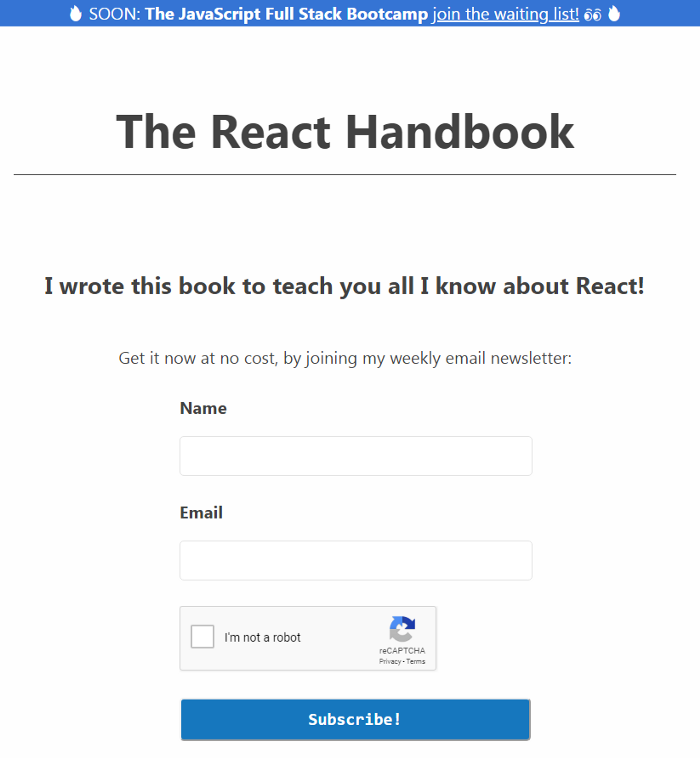
Image: gated content example
You already know that the content of this book is awesome because you’ve seen the free sample on FreeCodeCamp. You fill in the form and after a few days you receive an e-mail from Flavio, again offering a lot of good, free content, but also mentioning his upcoming React course:
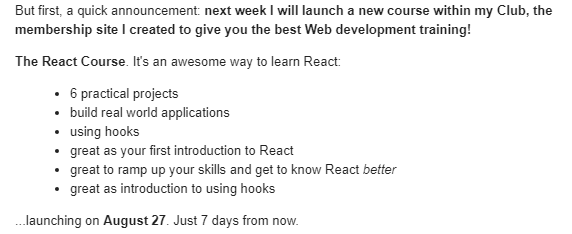
Image: react course
When the course is finally launched, you’re offered a coupon code for a 50% discount — quite nice!

Image: coupon code
This is the tripwire offer. Sounds bad in this context, but it is a cheaper version of a good product, and Flavio is probably losing some money here. In the long run, though, he’s acquiring potential customers for his premium products.
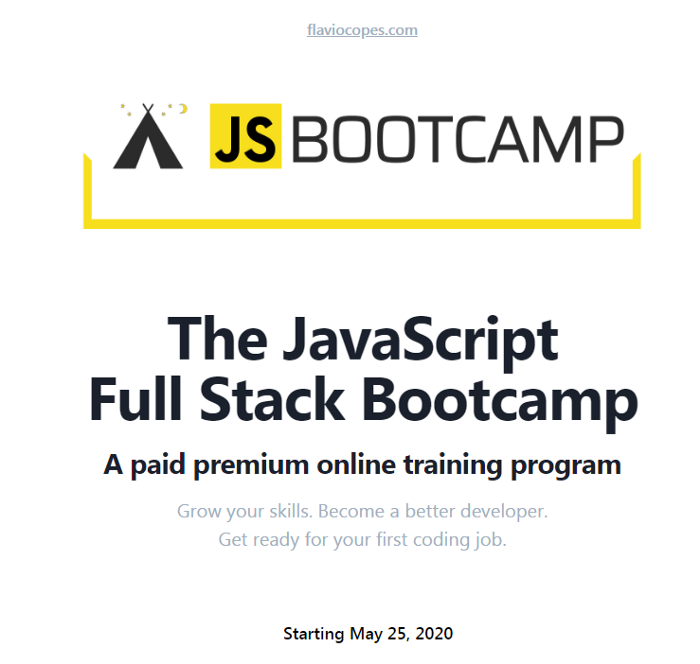
Image: jsbootcamp
If you’re already in this stage of the journey, you’ve probably consumed a lot of content from Flavio’s blog, you’ve read his free books and bought one of his courses. You’re happy with the quality, so you’re likely to attend his bootcamp as well, even if the price is higher.
I hope this example gives you a clear understanding of how you can incorporate both gated content and tripwire offers into your marketing strategy in an effective way.
If you need help in identifying good resources to use as tripwire offers or gated content, get in touch with our team. We'll research your niche, audience and competitors, and create with a lead generation strategy that includes both content types.